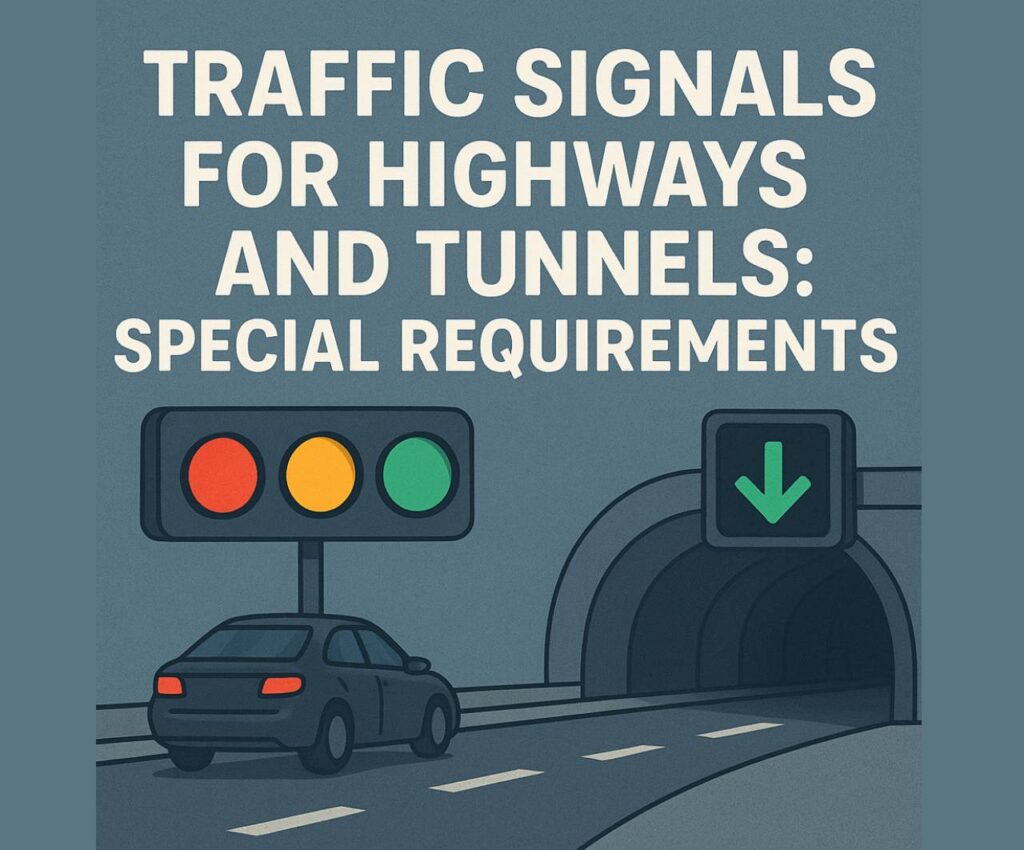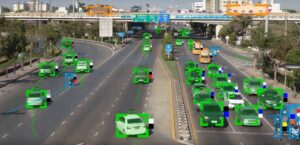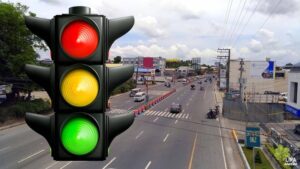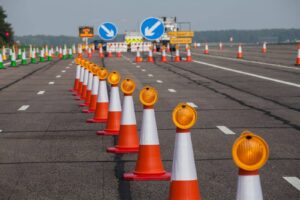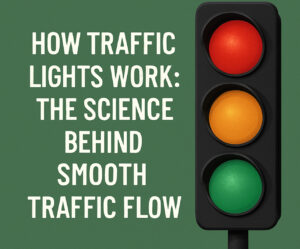Managing vehicle flow through highways and tunnels requires more than just smart design—it depends heavily on effective signalling. From warning systems to lane control, the red light in traffic signal, recognizable traffic signal symbols, and adaptable portable traffic signals all play a vital role in keeping roads safe and traffic moving smoothly.
Unlike urban streets, highways and tunnels come with unique challenges: higher speeds, limited visibility, and fewer chances for driver course correction. This makes the function of the red light in traffic signal far more critical—especially when rapid responses are required during emergencies or peak traffic hours. Combined with strategically used traffic signal symbols and portable traffic signals, the right approach to signalling can prevent accidents, reduce congestion, and even save lives. Know more.
The Importance of the Red Light in Traffic Signal
Let’s start with the basics: the red light in traffic signal means stop. But in highway and tunnel environments, stopping is not always easy—or safe. That’s why the red light in traffic signal is used sparingly and only when absolutely necessary, such as during lane closures, tunnel incidents, or dangerous weather conditions.
In many regions, highways include gantry systems that display the red light in traffic signal to indicate lane shutdowns due to accidents or maintenance. In tunnels, it’s even more crucial—because drivers cannot swerve, exit, or stop easily once inside. The timing and visibility of the red light in traffic signal need to be calculated precisely, taking into account factors like braking distances at high speeds and light adaptation when entering darker environments.
When it comes to ensuring maximum visibility, tunnel engineers often use backlit LED red lights in traffic signals, mounted both overhead and on the side walls, ensuring no driver misses the cue. Missing a red light in traffic signal in these environments could lead to pileups or collisions in tight, enclosed areas.
Understanding Traffic Signal Symbols in High-Speed Zones
Highway and tunnel signalling requires more than just colored lights. Traffic signal symbols convey specific actions—like lane direction, speed limits, or vehicle type restrictions—instantly and visually. Drivers moving at 100 km/h don’t have time to read and process complex messages. That’s why clear and universally recognizable traffic signal symbols are critical.
Some of the most common traffic signal symbols used in highways and tunnels include:
- Arrows for lane control
- Crosses (red X) to indicate lane closures
- Speed limit rings that adjust dynamically
- Warning triangles for merging, animal crossings, or tunnel smoke
Smart systems today can even adapt traffic signal symbols based on real-time conditions. For instance, if congestion builds up in one part of a tunnel, dynamic signage can display alternative routes, speed reductions, or suggest staggered exits.
Standardization matters too. Whether driving in Europe, Asia, or Africa, the goal is to ensure that traffic signal symbols are immediately understood, even by foreign drivers.
Role of Portable Traffic Signals in Temporary Control
While fixed systems do the heavy lifting, portable traffic signals provide flexibility during temporary or emergency situations. Whether it’s a sudden road closure due to a tunnel fire or maintenance work on a high-speed bypass, portable traffic signals give authorities a way to control vehicle movement without overhauling existing infrastructure.
Portable traffic signals are especially useful in:
- Tunnel maintenance and inspections
- Highway detours due to landslides or flooding
- Special events that cause traffic surges
- Remote construction zones
Today’s portable traffic signals often include solar panels, remote control features, and programmable timers. They’re designed for rapid deployment and can operate autonomously for extended periods, reducing the need for human traffic controllers in risky areas.
In regions with limited permanent infrastructure—such as mountainous highways or rural tunnel routes—portable traffic signals offer a cost-effective and life-saving alternative.
Tunnel-Specific Signalling Needs
Tunnels are one of the most complex environments for traffic control. Ventilation, lighting, acoustics, and narrow escape routes all impact the way drivers react to signals. In these scenarios, the red light in traffic signal takes on new weight—it can mean an accident, fire, or flooding ahead, demanding immediate action.
Some tunnels use sequential lights leading up to the red light in traffic signal to gradually slow vehicles before stopping them entirely. Others combine the light with alarm sounds and automated voice warnings to prevent confusion or panic.
Traffic signal symbols are also adapted for tunnels—like the use of fog indicators, smoke direction arrows, or “turn around” signals in case of full closure. These go far beyond regular highway use and are usually integrated into advanced tunnel control systems.
When tunnels are closed temporarily, portable traffic signals can be placed at the tunnel mouth to stop vehicles from entering, especially when centralized systems are under maintenance.
Highway Signal Timing and AI Integration
The effectiveness of any traffic signal symbols or red light in traffic signal depends heavily on timing—especially in high-speed areas. Poorly timed signals can lead to abrupt stops, rear-end collisions, and traffic snarls.
Modern systems are increasingly powered by AI and real-time data analytics. Cameras, sensors, and IoT devices monitor vehicle speed, flow, and congestion. These systems then adjust traffic signal symbols dynamically, extending green light duration during rush hours or activating the red light in traffic signal only when queues exceed safe thresholds.
AI integration also benefits portable traffic signals, which can be programmed to adapt based on traffic density or even be remotely operated from control rooms.
International Considerations
Since your market is outside the U.S., it’s important to highlight that traffic signal standards differ globally. However, safety fundamentals do not. The visibility and reliability of the red light in traffic signal, the clarity of traffic signal symbols, and the adaptability of portable traffic signals remain universal requirements.
For example:
- In the UAE, tunnels use bilingual traffic signal symbols with both Arabic and English text.
- In India, portable traffic signals are often used at construction zones on national highways.
- In Europe, tunnels follow stringent EU tunnel safety regulations that require redundancy in the red light in traffic signal system.
So while implementation may differ, the design principles—visibility, clarity, and control—are the same.
Final Thoughts: Designing for Safety, Flexibility, and Reliability
Highways and tunnels demand a different kind of signalling. You’re dealing with speed, confined spaces, and high stakes. Whether it’s a life-saving red light in traffic signal, universally understood traffic signal symbols, or quickly deployable portable traffic signals, these tools are essential to modern traffic management.
Governments, transport engineers, and construction firms should work together to ensure that the systems in place aren’t just functional—but responsive, adaptive, and easy to understand.
If you’re in the business of infrastructure, construction, or public safety, don’t underestimate the power of great traffic signal design. Invest in the right technology, consult with local authorities, and always keep the end-user—the driver—in mind.

